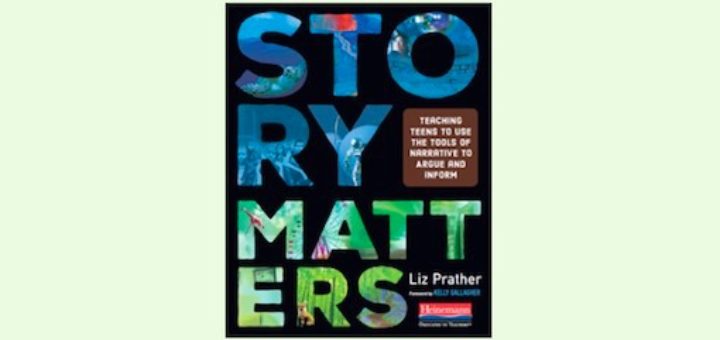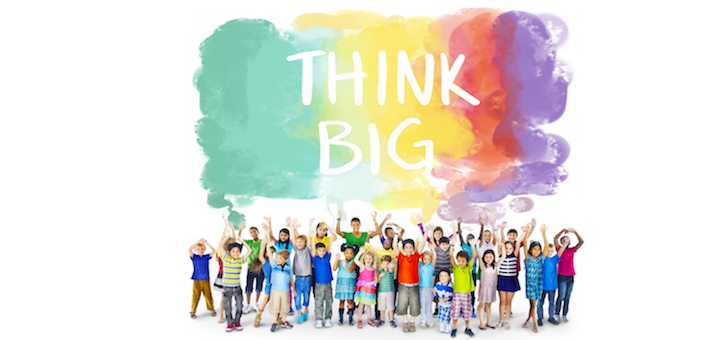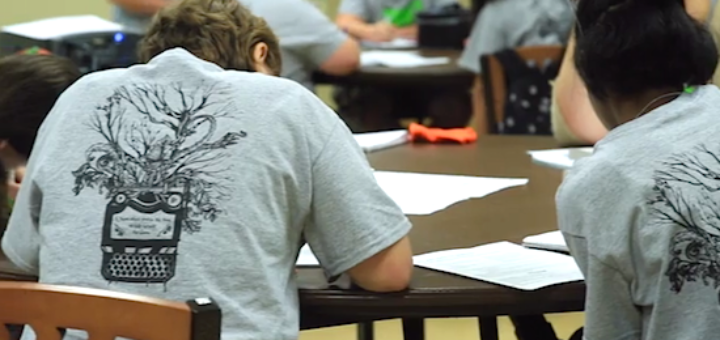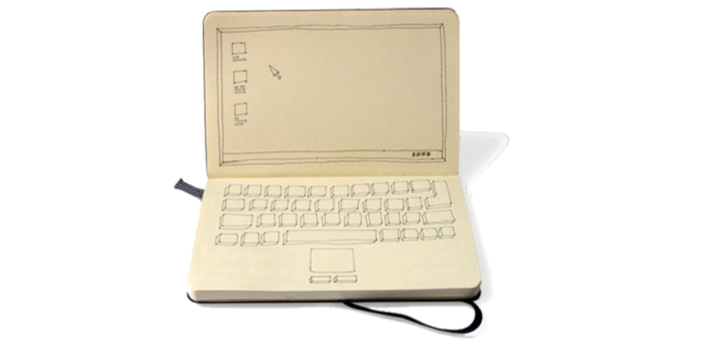Tagged: nonfiction writing
Using sentence starters as part of the argument writing process has jump-started many of Jeremy Hyler’s middle grades students who did not know how to begin. Hyler walks us through their process of evidence gathering and argument analysis and shares examples of their work.
If we want students to be better writers and communicators, we need to teach them real world writing. Liz Prather’s Story Matters is exactly the guide teachers need to blend narrative, argumentative and information writing, says English/history teacher Michelle Voelker.
Positive and constructive self-assessments are what Mary Tarashuk wants for her fourth graders. Recently they used reflective writing to consider their own progress (and the progress of their class) more realistically, and to learn to set personal goals for growth.
We love to share writing about student writing! Here, in no particular order, are 10 of our readers’ favorite articles. You’ll find a range of posts by teachers, authors and writing coaches. And there’s a bonus for teachers who love to help students fuse words and images.
As they compose non-fiction paragraphs or essays, students must frame selected quotes (evidence) with appropriate context and explanation, says literacy consultant Sarah Tantillo. But they often struggle to compile these “quote sandwiches.” Try some of her solutions.
Writing flow, says author and principal Matt Renwick, is achieved through the habits one builds by regularly participating in the experience. He offers suggestions on how teacher and student writers can establish writing rhythms and find flow in their craft.
















